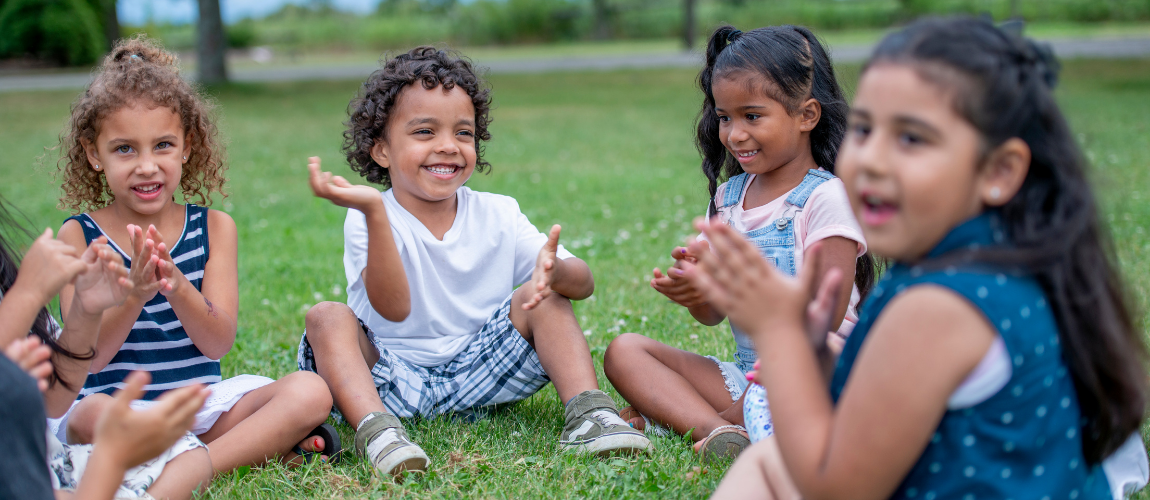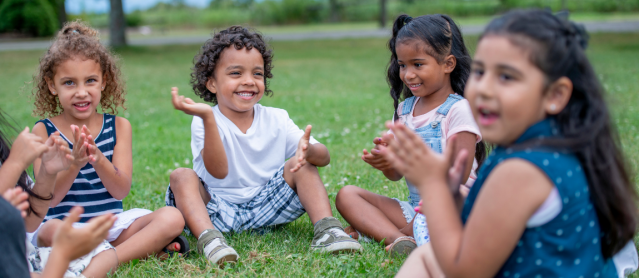
I can still remember not being able to sleep the night before the first day of school. The curiosity about my new teacher, the smell of fresh pencils and paper, and the excitement of being back among classmates—it all thrilled me. As a mom, I’d love to feel the same thrill for my own kids. Part of me does, but as the first day nears, that excitement is tinged with the realization that the pandemic is still in the mix.
And, I’m not alone, in a study this summer by JAMA pediatrics, 31% of parents were likely planning not to send their kids ages 5-12 to in-person schools, when only about 4% of school-eligible kids in the U.S. are typically homeschooled.
And our kids are likely worried, too.
As we adults are musing about the return to school, how are our kids doing? In any year, the transition back-to-school is exciting and disruptive.
This year, on top of the typical back-to-school anxiety, our perceptive kiddos are also likely sensing our COVID-inspired concern. Other adults around your kids may be expressing concern as well.
You may see all of this anxiety come out in different ways—for example, kids may cling to you more, cry more readily, seem more fidgety, complain of belly aches or express more negative thoughts or feelings than usual.
Luckily, no matter how you see your child responding, there are easy ways to help ground kids and reduce their anxiety. Learning these early arms them with a toolkit of ways to cultivate calm throughout their lives!
Head Outside
Studies and our own experiences show that when kids get outdoors, they enjoy reduced anxiety and enhanced mood. According to research, you only need two hours per week to start to feel the benefits, and the more the better!
Even though new fall schedules can feel full compared to the lazy days of summer, there are easy ways to build in more outside time. Turn meals and snacks into picnics. Make the most of morning and evening time, starting or ending your day with a walk or even just a glance up at the sky. Park a little farther away from the grocery store and enjoy the stroll.
If you can’t get outside as much as you’d like, bring the outside in! Gather up a few natural objects and offer them for play. Make the most of windows and natural light. Turn on nature sounds using apps on Google Play or the Apple App Store, search in Spotify, or listen for free online at Calmsounds. Get even more ideas for bringing nature into your home here.
Uncover “Hidden” Senses
While you’re outside, you can look for ways to balance your kids’ “hidden” senses to center and calm their bodies and minds. Even though we often think about our “5 senses” (sight, hearing, smell, taste, touch), there are others that help us to navigate the world and regulate ourselves. One of those hidden senses, proprioception, is the sensing of pressure in the joints, ligaments and muscles of the body—what we feel when our body hits something and gets feedback—as when we jump, push or pull something heavy.
Proprioception helps our brains know where we are in space and gives us a literal feeling of being grounded. Without this input, our brain spends cycles trying to figure out where we are and this often comes out in behavior like tapping, fidgeting or general restlessness.
Young children get this from activities like chewing, jumping, stomping, crawling, climbing, dancing, rolling or stretching. There are so many ways to weave these movements in, and being outside often inspires them naturally.
Another sense that kids need to activate is their vestibular system. Located in the inner ear, it senses changes in the movement of our heads. If kids sit in one position all day long—something that tends to happen more in formal schools—they don’t get the vestibular input they need to feel centered and focused.
Kids can activate their vestibular systems by doing activities that change the position of their heads. Start by trading screen time for active time outside that includes looking up, down and all around, spinning, rolling, swinging and bending.
Practice Mindful Activities
Try one of these simple activities when you’re outside to cultivate extra calm.
- Play with Shapes—Looking for shapes in nature or creating them using found objects gives kids a sense of order, calm and delight.
- Spirals—There’s something extra special about spirals. Try these ways to create or move in spirals that are sure to calm your kids (and you).
- Climb a Tree—Sometimes it’s hard to know how to help little kids climb trees. A few tips can help you manage the risks and help kids fall in love with climbing.
- Mud Play—Our all-time favorite at Tinkergarten, the chance to dig, mix and create with mud fires multiple senses, gives kids a sense of creative freedom, and sparks tremendous joy—the perfect balance to worries! If mud is not a perfect fit for you or your kiddo, watch this quick video for alternatives!
Mindful Movement & Breath
We know that mind and body are closely connected, and when we combine certain movements with intentional thought, we can bring ourselves into the moment, strengthen our bodies and calm our minds. This is true for kids, too.
Teaching kids breathing exercises and poses inspired by the yoga tradition helps them regroup and calm themselves. These movements don’t eliminate big feelings or frustration but they help soften those rough moments.
Use stories or metaphors from real life to help kids learn movements and activate their imagination. At Tinkergarten, we move like animals, plants or natural phenomena to deepens kids’ connection to nature.
Find easy steps to help kids center themselves like a snake, stand still and strong like a mountain or summon and send out joy like a star.
Lessons Last a Lifetime
At the end of the day, being able to calm one’s body and mind engenders a lasting sense of empowerment and resilience in kids. Knowing ways to help kids regain their calm can make both teaching and parenting smoother. Cultivating calming techniques teaches them how to weather whatever life sends their way.











